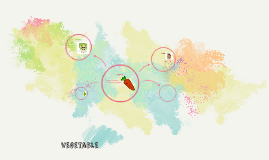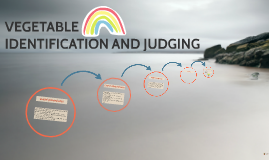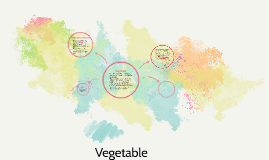Vegetable
Transcript: Vitamins and contributions: The plant had its first manifestations in primitive aquatic species. They consist of three main parts: the root, stem and leaves. You can find two main groups of plants : flowering and non-flowering . It's called a vegetable of any Agency who have been traditionally studied by the Botanical They are foods that come from living things that grow but move from place voluntary impulse. Mostly found in terrestrial habitats , but some species live in the water. They vary in size from those small and mosses to giant trees that can grow to over 100 feet. Vegetable Vegetable Some vegetables are consumed raw , vary in features , color and shape. Vegetables are rich in potassium, magnesium , protein, can also find iron and calcium in tomatoes , chard and spinach. On vegetables are intense color : folic acid, vitamin B , AB carotene, we provide besides lignin , cellulose and hemicellulose , that is vegetable fibers Both vegetables and fruits contain vitamin C and provitamin A- are ideal for covering protein and nutrients in a balanced diet supplement , it is advisable to consume about 400 grams per day , accompanying fish and meat. It's good to slowly increase the consumption of vegetables in the diet is very important as the contribution they make to the body , so good health . Importance of plants Rich in vitamin A: spinach, lettuce, peppers, spinach , tomatoes , carrots , etc. Rich in Vitamin C: cabbage, squash, tomatoes , cauliflower , chard , lettuce , peppers , parsley , etc. Vitamin B9 folic acid : it contains all green vegetables , preparing a salad is convenient season it with vinegar or lemon , that way we protect and enhance the vitamins and nutrients found in vegetables Origin and Characteristics

















